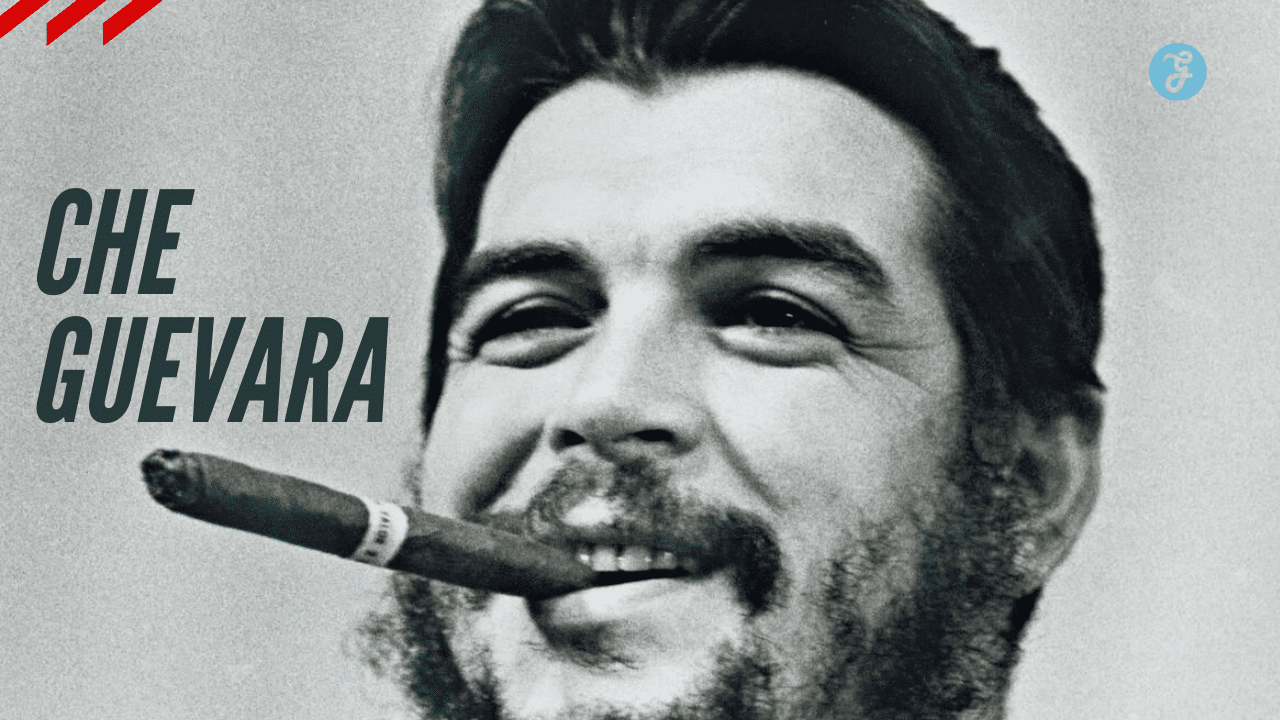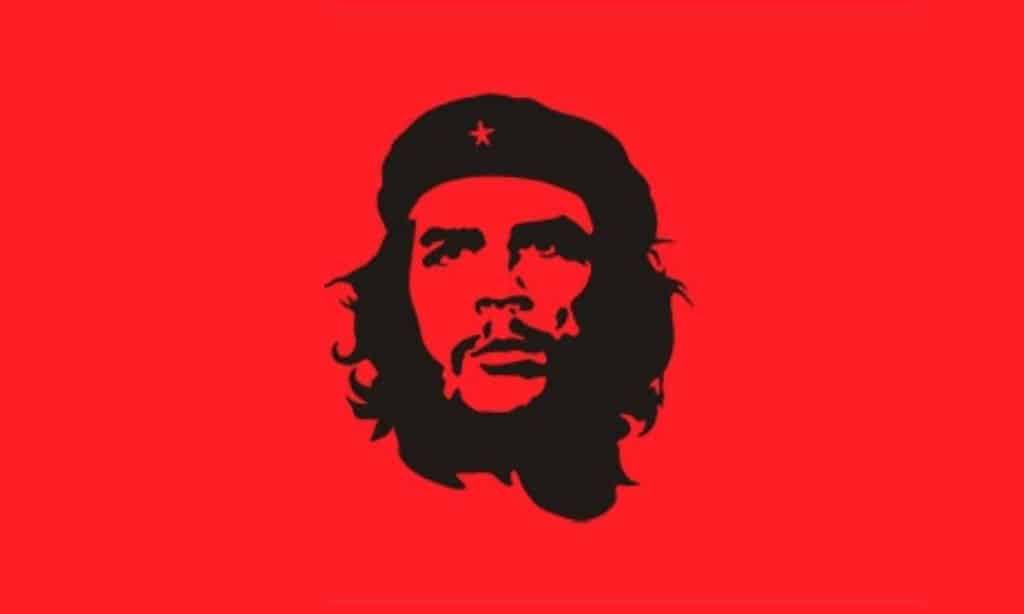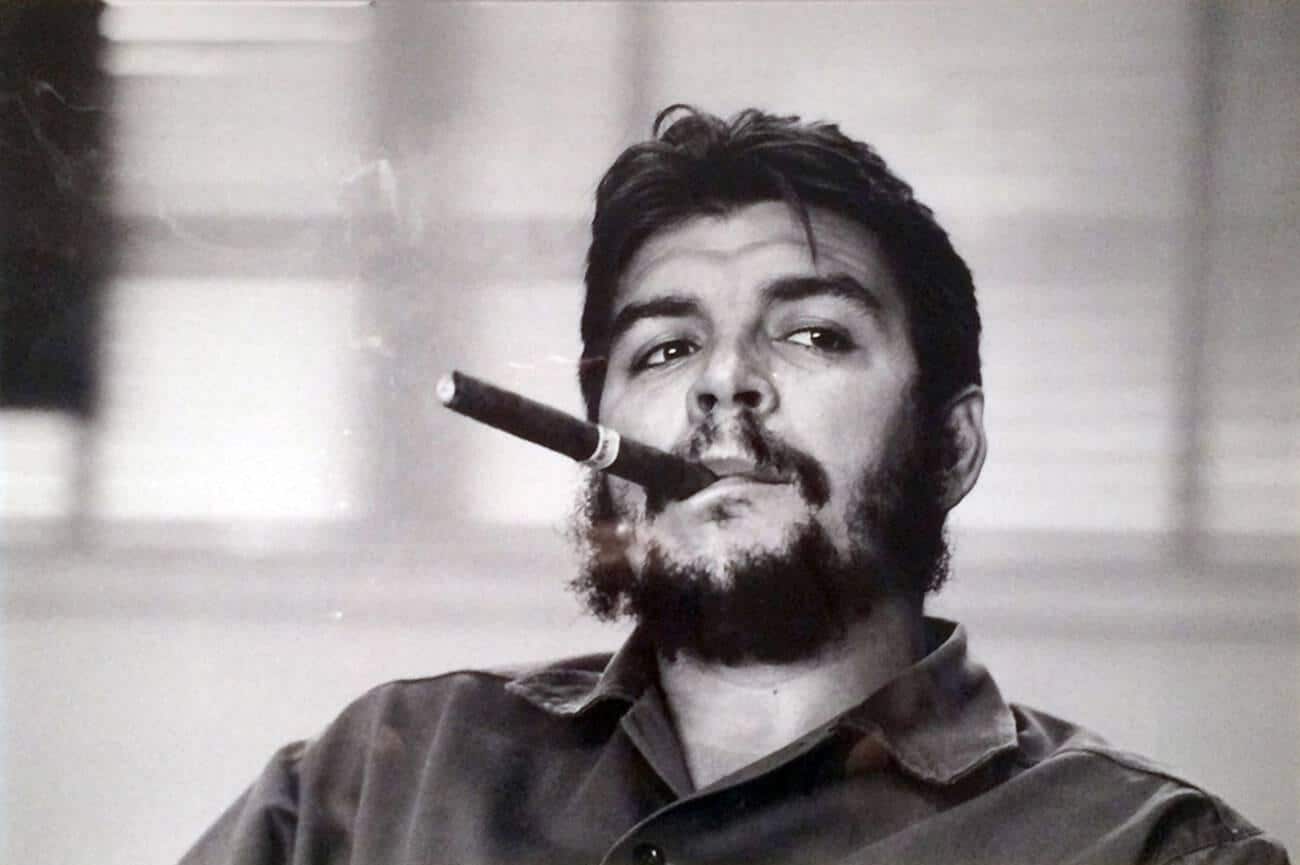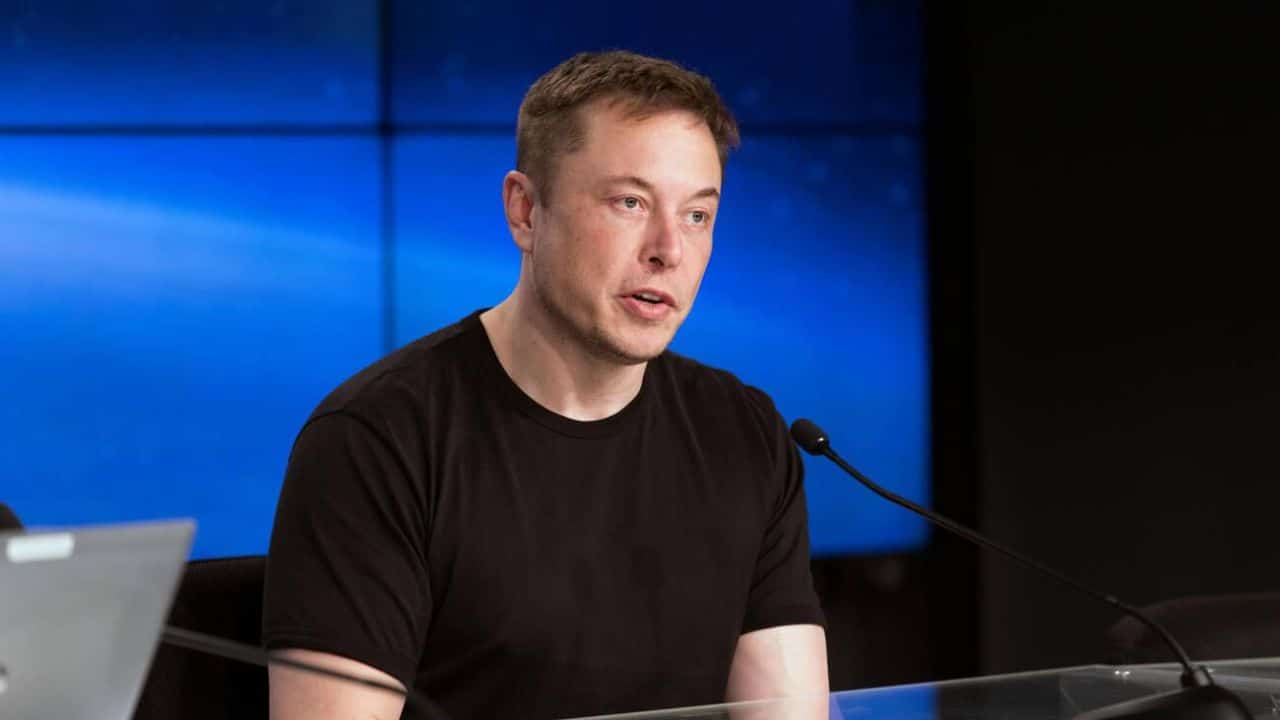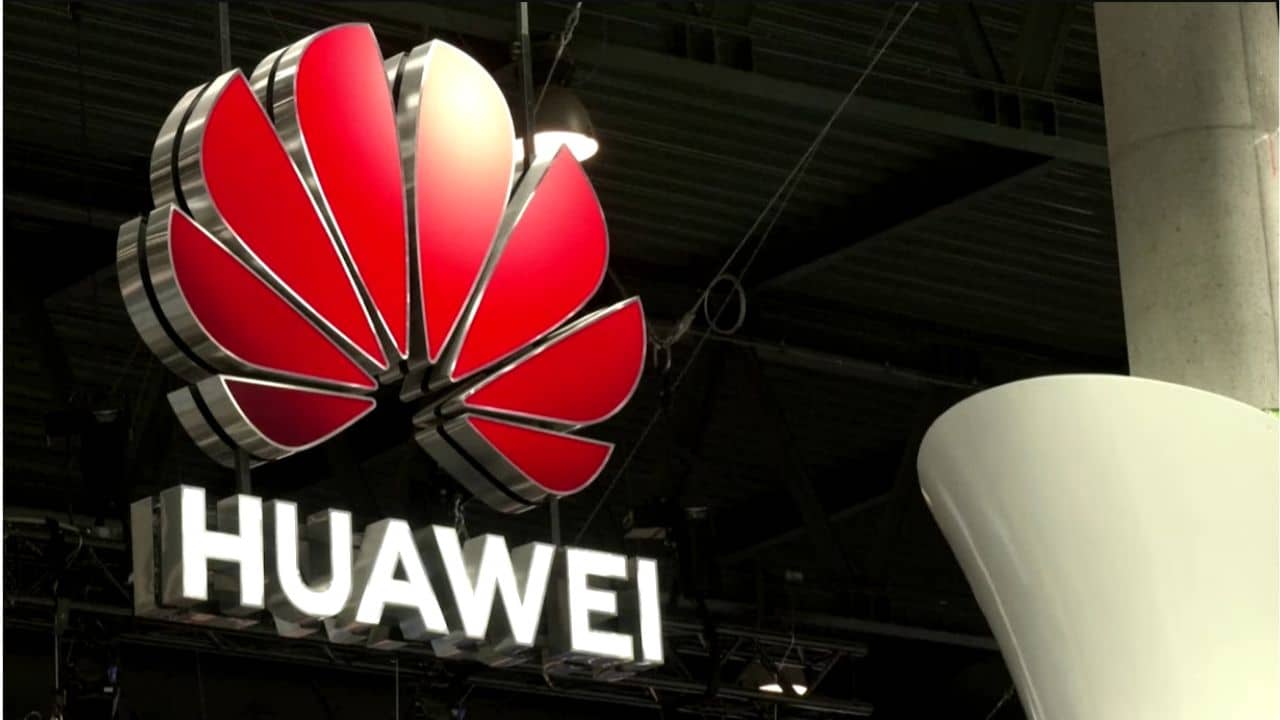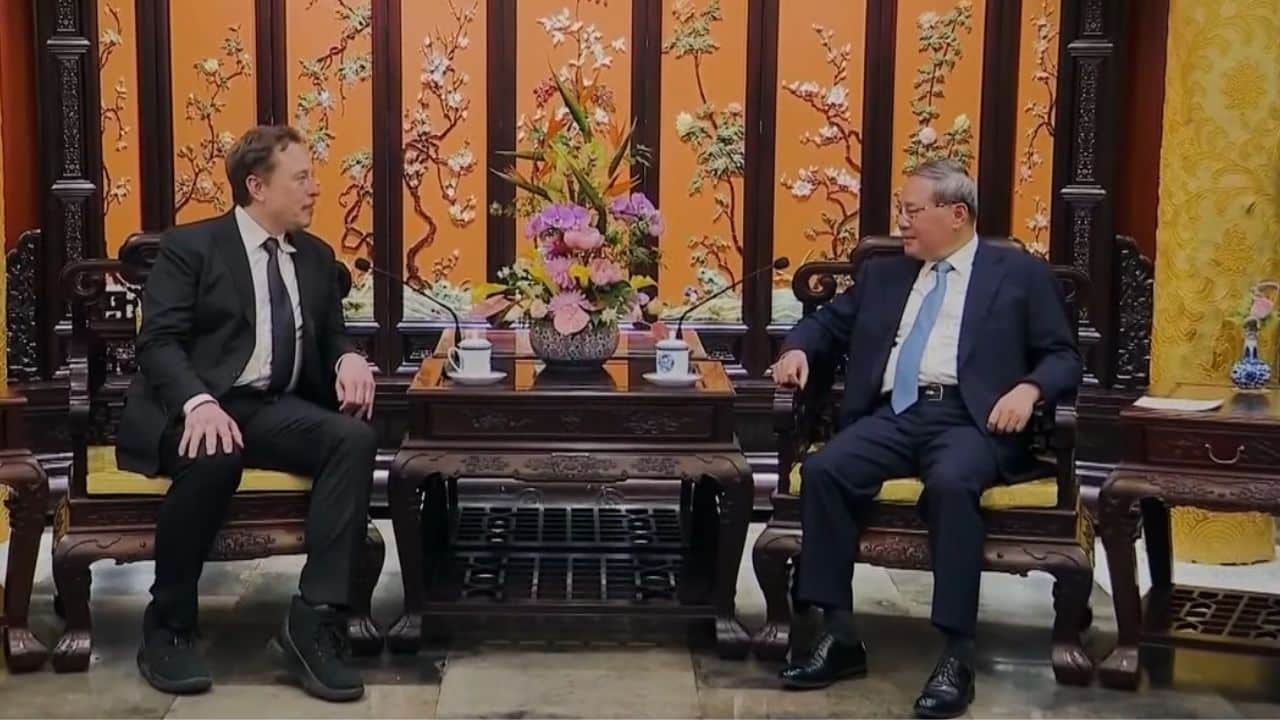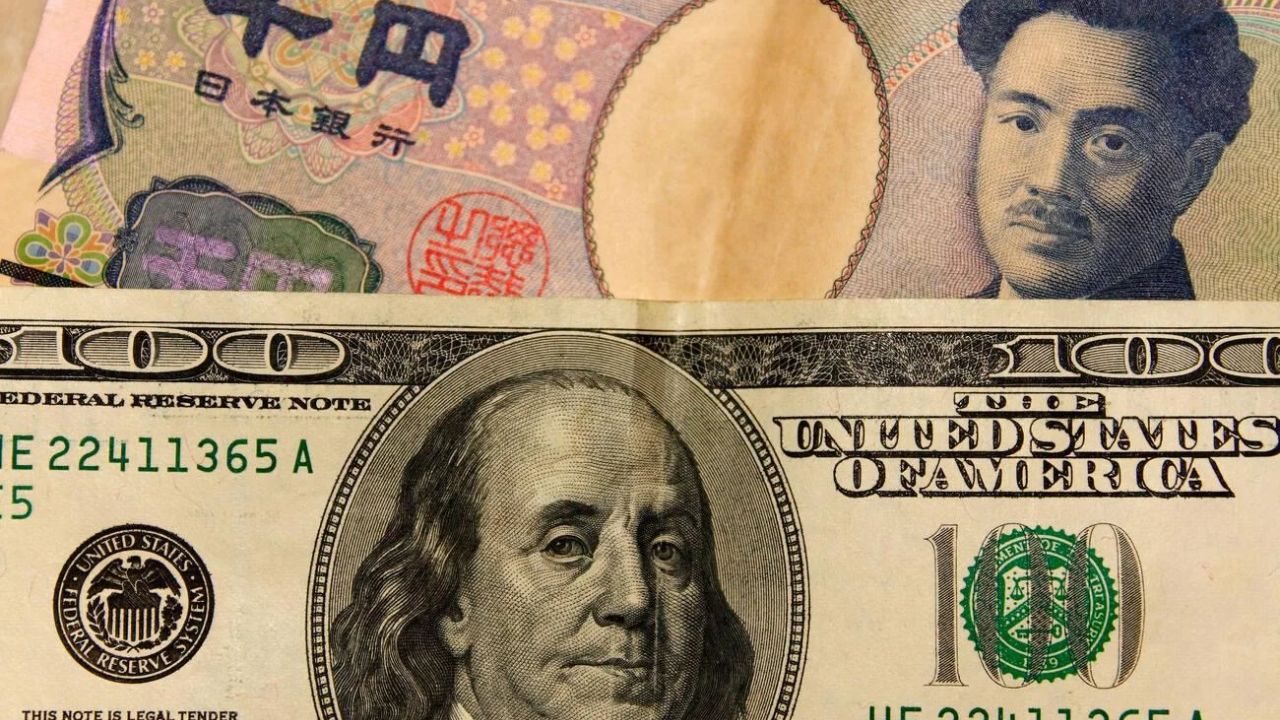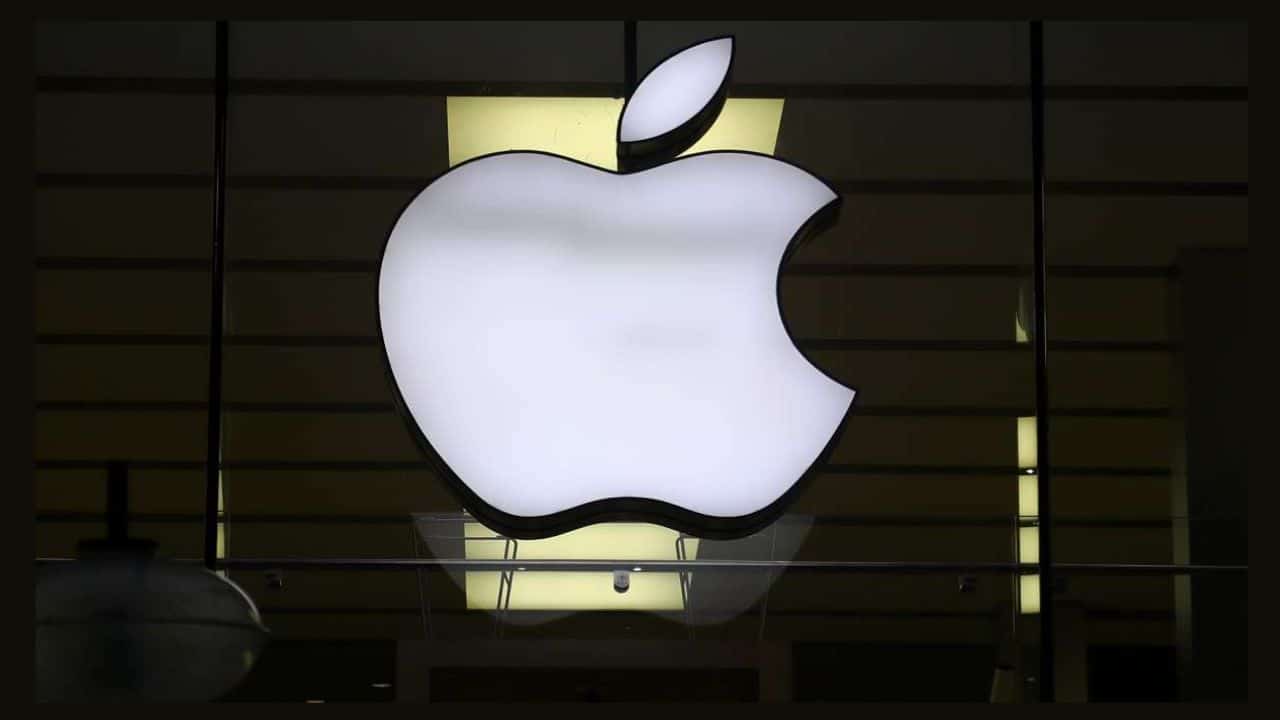Che Guevara was a revolutionary leader and icon for generations of people. Born into an Argentine family in 1928, Ernesto Rafael Guevara de la Serna earned the nickname “Che” from his friends.
This blog will provide everything you need about his life, biography, and legacy. Get some insight into the man behind the iconic image as we explore Che’s early life: his intellectual interests, political activities, and diplomatic efforts before finally tracing how he left an enduring legacy on Cuba today.
Discover more about this revolutionary figure now!
Content Highlights
- Che Guevara was a revolutionary leader who had a deep impact on the history of Latin America.
- His travels shaped his Marxism ideology, and his experiences during this time led to him forming many early beliefs about liberation movements throughout Latin America.
- He was an ardent opponent of US foreign policy and made active efforts to spread socialist ideologies with Fidel Castro during Cuba’s revolution.
- Che Guevara also played an instrumental role in the Cuban Revolution, helping to overthrow Batista with Fidel Castro through strategic planning and chain of command for their forces against government troops.
Early Life and Intellectual Interests
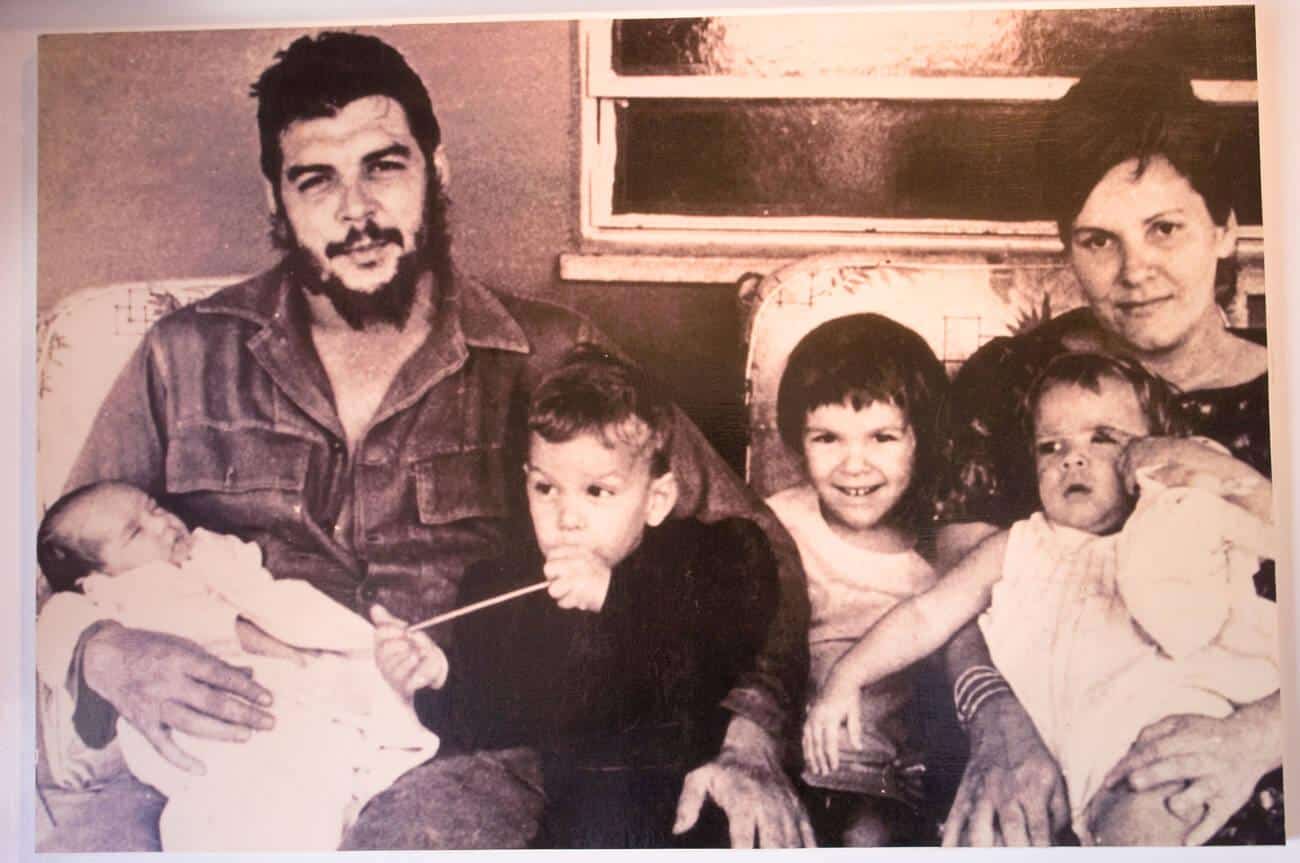
Che Guevara had a privileged upbringing and was heavily influenced by Marxist ideology, reading widely to nourish his revolutionary spirit.
Childhood and education
Che Guevara was born on June 14th, 1928, in the city of Rosario, Argentina. Che’s family was a middle-class family of Spanish-Irish descent. His father, Ernesto, was an engineer, and his mother, Celia, was a schoolteacher.
Growing up, he had four siblings; one sister and three brothers, and they all shared a love for literature, art, and chess–a pastime instilled in him by his father, Ernesto, who taught him how to play at age 12.
| Characteristic | Description |
| Full name | Ernesto Guevara de la Serna |
| Birth date | June 14, 1928 |
| Birthplace | Rosario, Argentina |
| Parents | Ernesto Guevara Lynch and Celia de la Serna y Llosa |
| Siblings | Roberto, Celia, Ana María, and Juan Martín |
| Height | 5’10” (178 cm) |
| Weight | 170 lbs (77 kg) |
| Profession | Medical student, guerrilla leader, revolutionary, diplomat, and military theorist |
| Notable works | The Motorcycle Diaries (1999), Guerrilla Warfare (1961), and Reminiscences of the Cuban Revolutionary War (1963) |
| Children | Aleida, Camilo, Celia, Ernesto, and Hilda |
| Relationships | Hilda Gadea and Aleida March |
| Death | October 9, 1967 in La Higuera, Bolivia |
Table: Biography of Che Guevara
At 17 years old, Che started studying Medicine at the University of Buenos Aires, where he studied philosophy, psychology, and sociology, bearing witness to the depravations poverty causes among other countries’ most vulnerable citizens in Latin America, which prompted major changes in his political views pushing him towards radical leftism tactics as soon as finishing uni’s courses with Doctor Honoris Causa che decided traveled throughout South America being key factor contributing to the formation of Marxist ideologies that later shaped Cuban Revolution and other social movements across world.
Influence of Marxist ideology
Che Guevara was greatly influenced by Marxist ideology and considered Karl Marx to be his ideological inspiration. His belief in revolutionary struggle as the only means of overthrowing oppressive governments, which he elaborated upon through his extensive written works on Marxist politics and social theory, shaped much of his political thought throughout his life.
Many guerilla groups in Latin America adopted Che’s writings as manifestos for their cause, finding great influence from them in launching successful campaigns for political change.
In addition to inspiring a vast array of revolutionaries, Guevara also actively traveled the world, spreading socialist ideologies along with Fidel Castro during the early years of Cuba’s revolution.
Literary interests
Che Guevara was a gifted intellectual and had an interest in literature from an early age. His literary works included writings on Marxist-Leninist theory, social reform, political philosophy, and guerrilla strategy.
He wrote extensively about radical revolution as the solution to oppressive regimes, so admired by his supporters; Che recognized that the traditional means of enacting political change through mass protests was largely ineffective against certain opponents such as dictatorships or imperial powers.
As a guerilla leader, Che also believed that focus must be placed on defending oneself along with using hit-and-run tactics to hinder enemy operations while avoiding their direct confrontation and overwhelming firepower.
Motorcycle Journey and Early Political Activity
After quitting medical school, Che Guevara embarked on a nine-month journey across South America with his friend Alberto Granado aboard a motorcycle. This trip had an enormous influence in shaping his political views and involvement in anti-imperialist movements.
Impact of travels on his political views
Che Guevara’s formative motorcycle journey across Latin America in the 1950s had a profound impact on his political views. His travels exposed him to poverty, social injustice, and economic inequality he hadn’t seen before, all of which shaped his Marxist ideology later in life.
He felt compelled to create change for those oppressed and suffering from the effects of their government’s actions. In Guatemala, for example, after witnessing a US-imposed coup against President Jacobo Arbenz Guzman, he was further radicalized in his political views as well as understanding political struggle on an international level.
This journey influenced Guevara’s strategies during the Cuban Revolution and gave him personal insight into struggles most leaders fight externally or through data alone – experiences that played a huge role in forming Che Guevara’s legacy as one of history’s most influential revolutionaries ever.
Involvement in anti-imperialist movements
Che Guevara is renowned for his revolutionary and anti-imperialist activities, most notably opposing the foreign policies of the powerful imperialist state, The United States. A committed Marxist ideologue, he was convinced that underdevelopment and dependence in Third World countries were intrinsic results of imperialism.
Therefore, it was important for him to challenge this system wherever possible. He was a vocal advocate of overthrowing existing regimes whenever revolutionary consciousness pervaded among oppressed people.
In doing so, Che sought to bring about political change mainly driven by socialist ideology as an answer to capitalist structures that could lessen class disparity and reduce peasant exploitation across Latin America.
Guevara is best remembered for masterminding some notable operations involving guerrillas against dictatorships in Guatemala and Cuba towards achieving these goals while battling against disease endemic in these regions during long campaigns traveled on foot or horseback.
Activism in Guatemala
Che Guevara’s involvement in Guatemala was an important part of his life and formed a key part of his legacy. After arriving as a medical student, Guevara was exposed to the effects of U.S.-backed dictatorships for the first time and became actively involved in local anti-imperialist activities and revolutionary causes.
His experience during this period had a direct influence on his political views, strengthening his Marxist ideology while forming many of his early beliefs about liberation movements throughout Latin America.
He joined organizations advocating for indigenous rights, supported workers’ causes, wrote prolifically about Central American politics, and met with other figures involved with the Cuban independence movement against Fulgencio Batista’s regime, such as Fidel Castro and Raul Castro.
This activism would later play a significant role in bringing attention to Cuba’s struggle for freedom from imperialist forces and inspiring him to take command when mounting the final offensive against Batista’s government during the Cuban Revolution.
Read More: Top 10 Things to Know about Netaji Subhash Chandra Bose
Exile in Mexico and the Cuban Revolution
After enduring a difficult journey to Mexico, Che Guevara was thrust into the thick of revolutionary activity and played an instrumental role in the attempt to overthrow Fulgencio Batista.
Read on to learn more about his important contributions to history!
Relationship with Fidel Castro
Che Guevara and Fidel Castro first met in Mexico City in 1955, forming a close relationship that would last until Che’s death in Bolivia. After meeting the Castro brothers by chance, Che joined the 26th of July Movement–a revolutionary group organized by Fidel Castro.
He rose to become a key figure in this movement and played a major role in anyone’s success or planning for the Cuban Revolution. As such, he was appointed as the military strategist and commander alongside his close friend, Fidel.
During their time together leading up to the revolution, it is consensus among historians that their friendship had marked significant difference in its outcome after all since they had a big part in anything related to proposed revolutionary footage or planning for victory on backward government.
In addition, Guevara demonstrated undeniable qualities of leadership, which made him an invaluable asset to lead Cuban people towards a better life throughout his lifetime with Fidel.
Role in the plan to overthrow Batista
Che Guevara was instrumental in Fidel and Raúl Castro’s plan to overthrow Cuban dictator Fulgencio Batista. He met the exiled brothers in Mexico and joined them with enthusiasm. Guevara proved essential throughout the planning process, offering valuable strategic advice and developing an efficient command chain between combatants.
In preparation for a guerrilla campaign against government forces, he trained rebels, researched tactics used by previous revolutionary organizations (notably Ernesto “Che” Hernández Cartaya’s expedition), and reconnoitering terrain with geographical experts.
During 1959 landings from his boat were crucial to achieving successful invasions of Cuba, thereby helping oust Batista’s regime on January 1st of that year, an achievement which secured Che legendary status around the world, especially amongst left-wing activists extensively influenced by him decades later.
The Granma invasion
The Granma invasion, organized by Fidel Castro and a group of Cuban exiles, including Che Guevara, was a pivotal event in the overthrow of Fulgencio Batista’s regime. On December 2nd, 1956, 82 guerrillas set sail from Mexico aboard an aging yacht with only limited supplies to face the turbulent ninety-mile journey across the Caribbean Sea toward their homeland.
Along the way, they experienced shortages of rations so severe that some resorted to drinking sea water, and claims have been made that people even died from thirst during the voyage as morale plummeted amongst rebels.
Despite these readily foreseeable challenges, 81 figures eventually reached Cuban shores after nine days at sea – crossing into history on one of Latin America’s most iconic revolutions.
Commanding Role in the Cuban Revolution

Che Guevara was a key leader during the Cuban Revolution, helping to lead the planning and tactics of revolutionary forces throughout campaigns in 1957-1959.
Tactics and strategies
During the Cuban Revolution, Che Guevara placed high emphasis on guerrilla tactics and strategies. He believed in using a mix of regular troops and partisan units to engage with enemy forces while avoiding decisive battles where possible.
His theories were heavily inspired by Mao Zedong’s “People’s War” doctrine, which advocated for the use of defensive operations combined with small-scale surprise attacks against government forces.
Guevara wrote extensively about his experiences leading uprisings and emphasized the importance of popular forces in revolutionary movements. In particular, he focused on military campaigns that stressed speed, battle mobility, and psychological warfare techniques, such as demoralizing speeches during engagement.
One anecdote that illustrates this approach is when Guevara gave a famous impromptu speech during the final offensive against Batista’s regime – encouraging citizens to join the militant struggle against government oppression at Mompox before launching an attack.
Final offensive against Batista’s regime
Che Guevara was a key figure in the Cuban Revolution and played a commanding role in the final offensive against Batista’s regime. Together with Fidel Castro, he spearheaded the guerrilla warfare that overthrew Fulgencio Batista’s government on January 1, 1959.
As part of their successful tactics, Che Guevara led small forces into enemy towns to spread propaganda and weaken support for Batista’s brutal rule while also disrupting supply routes.
This served to wear down military forces as much as possible before engaging them in large-scale battles or ambushing isolated patrols. In December 1958, Che took command of one of three advanced columns -known later as “Baraguá” – which launched an assault from both Santiago de Cuba province and Las Villas towards Havana.
Political Career in Cuba
After leading the guerrilla forces in the revolution, Guevara was appointed president of Cuba’s National Bank and Minister of Industry.
Revolutionary tribunals
Che Guevara, during his political career, recognized the need for social justice and sought a means to bring it about. In 1959, shortly after Batista’s government was overthrown in favor of Fidel Castro’s revolutionary regime, Che instituted revolutionary tribunals throughout Cuba with the aim of rapidly trying suspected counterrevolutionary elements under his own new judicial system.
The tribunals operated through scene-like hearings led by prosecuting lawyers who could last mere minutes per case before judgment was passed. Evidence had little importance as many trials were held on hearsay or even assumptions if the accused member or sympathizer showed any association with non-aligned groups.
Sentences handed down could be anything from a lecture to summary execution, though those most frequently called upon tended toward imprisonment or labor camps for higher punishments such as banishment or death, were mostly reserved for crimes that threatened national security, such as treason or spying.
Early political office
Having powerfully contributed to the overthrow of dictator Fulgencio Batista and liberating his country in 1959, Che Guevara initially held a prominent position within the new Cuban government.
With close ties to Fidel Castro, he occupied several important roles – including minister of industries and president of the Cuban National Bank. During this time, he strongly defended Communism, drafting economic reforms that aimed at transforming Cuba into a socialist state.
His involvement in such activities was critical for modernization projects that enabled equality amongst Cubans; they enjoyed access to free education, healthcare provided by doctors working in rural areas as well and increased attention given to the rights of women and minorities.
Economic Reforms and the “New Man” Ideology
Che Guevara led an ambitious effort to build a socialist society, working towards redistributing wealth to benefit all citizens and creating the “New Man” through education and revolutionary development.
Efforts to build a socialist society
Che Guevara advocated for building a “New Man,” free from alienation and exploitation. His drive for socialism was based on his political convictions and ideals. He promoted moral incentives over material ones believing that only by breaking away from materialistic society could a sense of unity be fostered among people.
Moreover, embodied in his writings, such as ‘Socialism & Man in Cuba,’ was an idea to create a ‘new man’ who would work together with others so they could build a socialist society through collective efforts instead of competition-fostering capitalism.
Additionally, Guevara believed in teaching young people values such as civic duty so they would pass down these virtues even after he had passed away himself. It is evident that Che desired to exemplify what it meant to have selfless morality and how those ideals should be brought into politics at its highest level, no matter the individual differences or opinions standing against them.
Impact on Cuban society
Che Guevara’s vision of an ideal social and economic order for Cuba had its roots in his Marxist-Leninist ideology. He sought to create a socialist society based on moral incentives rather than material ones – the so-called “new man.”
In terms of economic reforms, Che was particularly interested in reducing inequality between classes as well as providing citizens with basic needs like healthcare and access to education.
To achieve this end, he implemented profound changes within the Cuban economy, including agrarian reform legislation, dissolution of foreign monopolies, nationalization of large chunks of industry, land redistribution, and investments in public health services.
Bay of Pigs Invasion and Cuban Missile Crisis
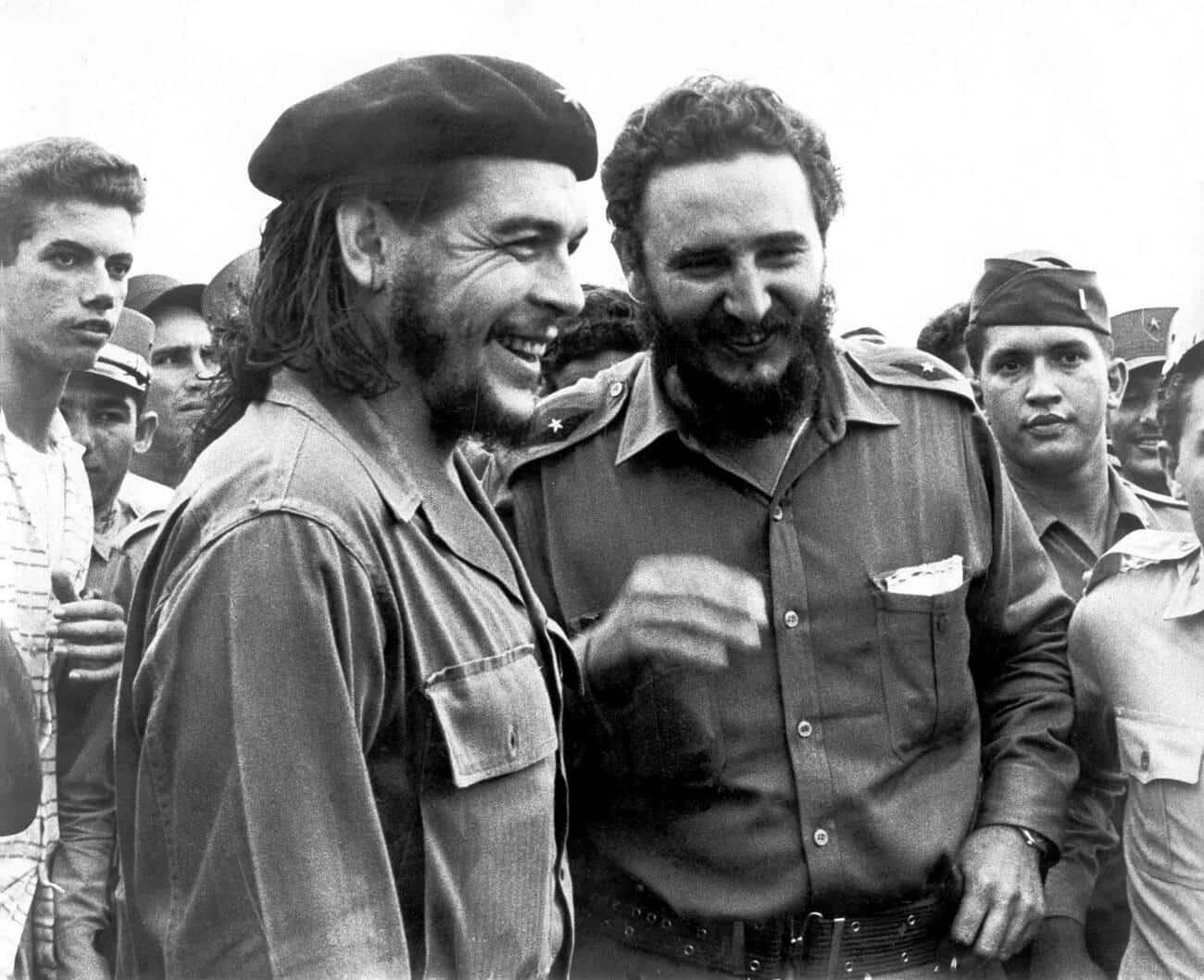
Che Guevara played an important role during the Bay of Pigs invasion and Cuban Missile Crisis, organizing the defense against a potential US-led attack on Cuba.
Guevara’s role in handling the crisis
Che Guevara played an influential role in addressing the Cuban Missile Crisis. In response to the U.S.-imposed trade embargo and subsequent economic decline, he pushed for the Soviet Union to purchase 4 million tons of Cuban sugar, which would have provided relief from volatile fuel shortages.
He also advocated for a stronger defensive military presence that could be used in case of invasion or attack by hostile foreign forces. During decision-making discussions among Cuban officials, Guevara vocally opposed any proposed agreements with Washington.
Ultimately his position contributed to Fidel Castro’s resolution to declare a state of public alertness and mobilize forces against potential invasions from abroad. Che Guevara’s involvement in handling this international crisis saved Cuba from destruction and increased its stature as an advocate protege of revolutionary socialism throughout Latin America and beyond.
Read Also: Top 10 Must-Watch Biopics: From Oppenheimer to Schindler’s List
The “Great Debate” within the Cuban government
was a crucial moment in Cuban history. In response to the US-backed Bay of Pigs Invasion and the Cuban Missile Crisis, Fidel Castro called for a debate on how Cuba should transition to socialism.
Leaders such as Che Guevara discussed topics like the operation of the law of value, money, finance and banking, consciousness, and incentives under socialist conditions. The most controversial topic discussed was what to do with members who participated in the Bay of Pigs invasion; would they be rehabilitated or subject to execution? Ultimately there was no agreement, but many leaders leaned towards amnesty rather than summary executions.
This “Great Debate” provided insight into how Cuba approached these two major crises during this era: allowing civil society to contribute their opinions before making decisions instead of using force alone.
International Diplomacy and World Travel
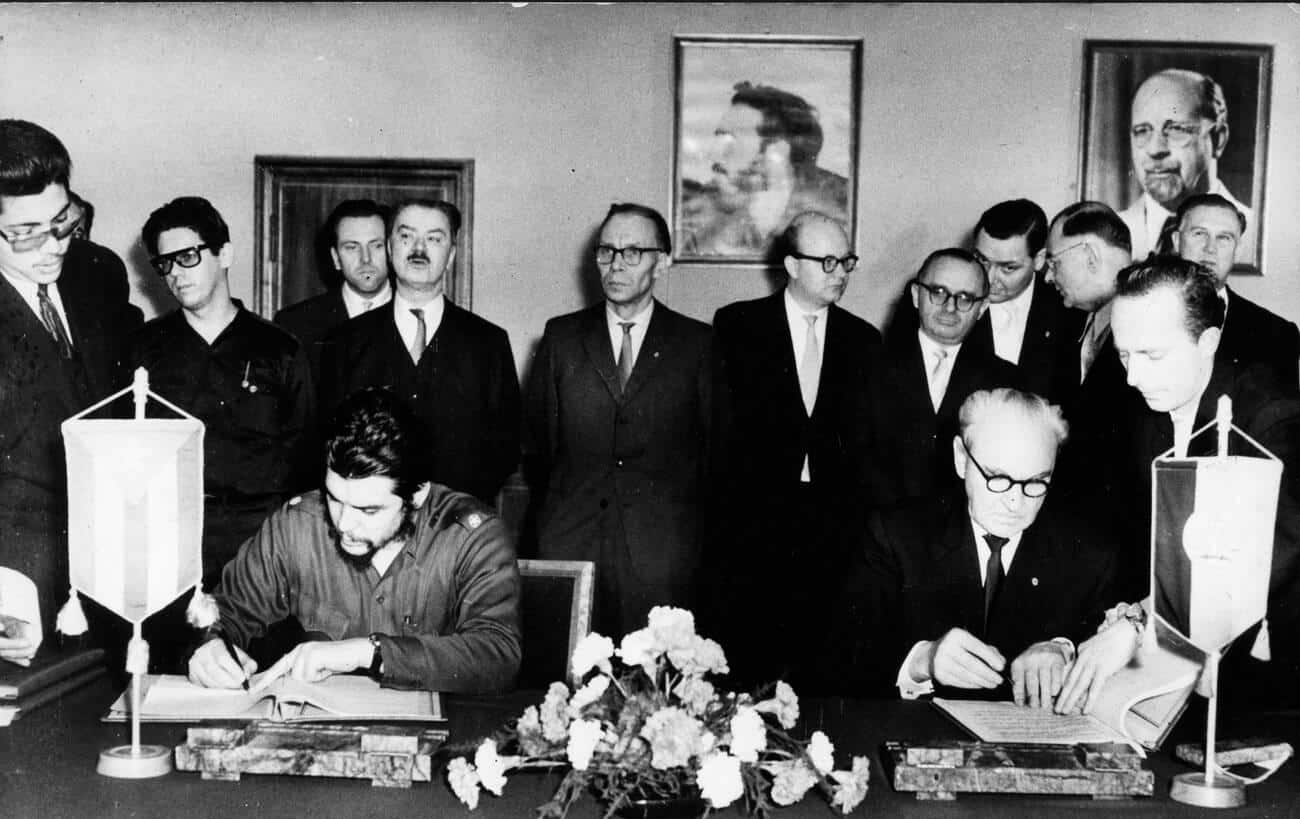
Che Guevara played a key role in establishing Cuban relations with various countries in the world, traveling extensively to engage leaders for diplomacy and ultimately contributing to his beloved Cuba.
Role as a diplomat for Cuba
Che Guevara held a prominent position in the Cuban government and was actively involved in international affairs. He served as a diplomat for Cuba, representing its Marxist government to other countries.
During his time as a diplomat, he played an instrumental role in advocating for the establishment of diplomatic relations between Cuba and the Soviet Union. Additionally, he advocated strongly for Cuba’s newfound alliance with the Soviets during World War II, ultimately leading to Cuba entering on Allies’ side.
Che Guevara also traveled extensively around Europe and Latin America to meet with world leaders from diverse backgrounds who were interested in negotiating alliances or trade agreements with socialist nations such as Cuba.
Visit to Algeria and impact on his political views
Che Guevara’s visit to Algeria in 1959 had a significant impact on his understanding of international diplomacy and Marxist-Leninist theories. Che was instantly enamored by the revolutionary fervor of its people, swooned by the history of their struggle against French colonialism for over 132 years, and inspired by seeing an entire population amongst whom only 500 were university students determined to achieve independence.
He quickly developed an intense bond with them, praising the Algerian revolutionaries for their drive towards social justice and freedom from imperialist powers.
Guevara’s vision of Latin American struggles against foreign domination resonated deeply within him as he witnessed firsthand what can be achieved through strong solidarity and aggressive uprisings.
What is more remarkable is that foreign assistance lavishly poured into Algeria during this period to support its revolution, while most countries that received such aid eventually collapsed under it.
This trip laid bare in Che’s mind how oppressive forces could be resisted if backed by dedicated leadership with a defined ideology along with efficient organization among oppressed masses imposed upon them due to imperialistic practices.
Involvement in the Congo Crisis
Che Guevara’s involvement in the African Congo began in 1965. He traveled to the Republic of the Congo to support and train rebels led by Laurent-Désiré Kabila, a leader in resistance against Belgian imperialists.
Guevara hoped to end European colonialism and propel his vision for effective socialist governance across Africa. Despite supplying weapons and strategy to a small militia, what became known as ”Guevarista troops” struggled against organized forces backed by Moscow, which left several dead or injured on both sides.
Ultimately this liberation attempt failed, with powerful European colonial interests remaining solidly entrenched throughout Central Africa—a struggle that continues today. With other Cuban revolutionaries such as Ciro Redondo also present at the time, Che Guevara’s involvement played an important role in helping set regional precedents of guerrilla tactics amid ongoing revolutionary movements across various newly independent colonies dotting Sub-Saharan Africa—effectively launching a chain reaction among anti-imperialist Africans seeking their own liberation from foreign powers across much of southern continent during these early decades of nationhood building postcolonialism era projects which still reverberates through global conversations today.
Capture and Execution in Bolivia
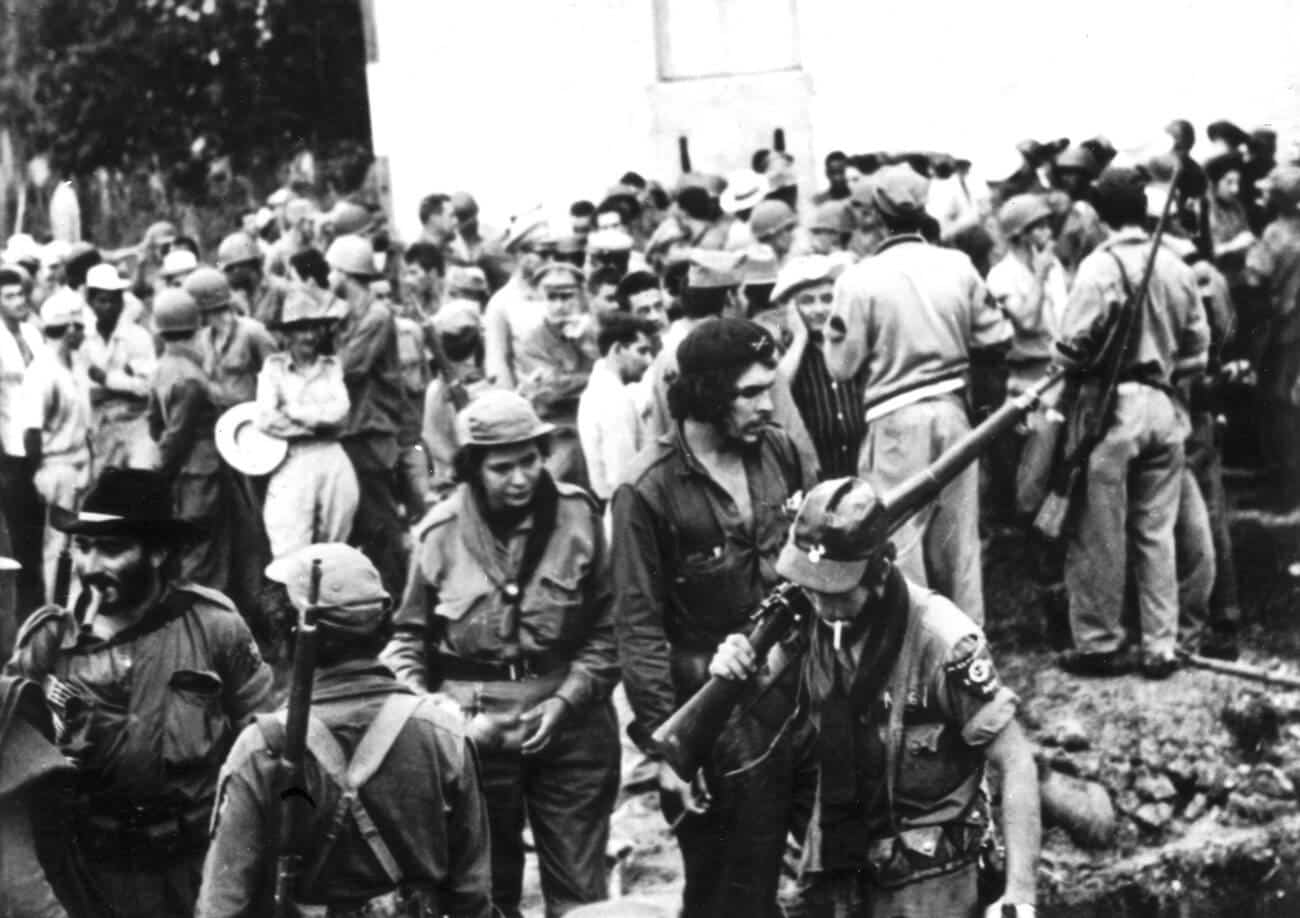
After leading guerrillas in a failed attempt to incite revolution in Bolivia, Che Guevara was captured and executed by Bolivian forces with support from the CIA.
Failed attempt to incite revolution in Bolivia
During the 1960s, Che Guevara made a failed attempt to incite revolution in Bolivia. In this endeavor, he was advised by Fidel Castro to travel to the country so as to bring about governmental reforms.
The Republic of Bolivia in South America held much poverty and inequality, prompting Guevara to form an improvised guerrilla army with which he would fight against what he deemed oppressive forces.
His mission was ultimately unsuccessful due to several factors, including poor support from locals and government surveillance, thereby limiting his ability for surprise attacks, amongst other reasons.
Consequently, after months of military conflict, no progress had been registered, and the guerrillas were forced out of Cochabamba; hence Guevara returned secretly back home all alone, leaving his troops behind him before being arrested in 1967 and executed shortly thereafter.
Death and aftermath
On October 9, 1967, Che Guevara was captured and executed in La Higuera, Bolivia. His hands were cut off at the execution site due to attempts by his captors to verify his identity before compulsorily burying him secretly in a nearby village.
Immediately after news of his death broke out around the world, numerous memorial rallies and vigils were held, and protests occurred against governments with sympathies towards those responsible for Guevara’s killing.
The discovery of Guevara’s remains in 1997 sparked renewed public interest in the revolutionary icon that serves as an enduring legacy of anti-imperialist activism even today. Since then, there have been countless monuments and memorials established worldwide commemorating him, spawning controversy over issues such as his endorsement of violence during rebellion campaigns or Fidel Castro awarding Guevara’s posthumous title “Heroic Guerrilla” which has lent itself to sensationalizing interpretations regarding his place among Cuban history figures.
Legacy and ongoing influence
Che Guevara remains an iconic symbol of leftist ideology and revolution. After his execution by Bolivian forces in 1967, he became a martyred hero and enduring symbol around the globe – this is seen in famous quotations from him, iconic posters depicting his image, and memorials such as the Che Guevara Mausoleum in Santa Clara, Cuba.
His legacy continues to evolve over time, with different interpretations of his life and actions appearing among analysts or groups with differing ideological perspectives. Many praise him for championing anti-imperialist causes across Latin America, while others criticize him for leading policies during Fidel Castro’s reign that curtailed civil liberties or used violence against opponents of the regime.
Whether embraced or reviled, it’s hard to deny Che Guevara’s ongoing influence on world politics today – he has achieved a mythical status rarely seen before in history that will likely continue into future generations.
Controversies and debates surrounding his life and legacy
Che Guevara has long been a controversial figure whose legacy continues to divide opinion. Those who oppose his ideas often point to Che’s role in Fidel Castro’s revolutionary government, including the establishment of Cuban-style socialist tribunals and prisons where harsh punishments were meted out.
These critics also mention Che’s frequently strident tone towards critics of the Cuban revolution, which demonstrates an authoritarian streak antithetical to libertarian values.
At the same time, supporters of Guevara highlight his commitment to freedom from oppression and imperialism as well as noting his progressive views on race and gender issues—notably, he was one of the foremost early proponents for black rights before becoming involved in Cuban politics.
They posit it is simplistic at best to boil down Che’s life story so neatly summed up by Marxist theorists or detractors eager to deny any nuance within their arguments about him.
Death of Che Guevara: Possible Reasons
There are several reasons why Guevara was killed. One reason is that he was seen as a threat to the Bolivian government. Guevara was a revolutionary leader who was trying to overthrow the Bolivian government and establish a socialist state. The Bolivian government feared that Guevara would succeed in his revolution and that this would lead to the spread of socialism in Latin America.
Another reason why Guevara was killed is that he was seen as a threat to the United States government. The United States government was concerned that Guevara was spreading communism in Latin America. The United States government also feared that Guevara would inspire other revolutionary movements in the world.
Finally, Guevara was killed because he was a popular figure among the Bolivian people. The Bolivian government feared that Guevara would be able to rally the Bolivian people to support his revolution. The Bolivian government also feared that Guevara would become a martyr and that his death would inspire even more people to join the revolution.
The following are the people who benefited from Che Guevara’s death:
- The Bolivian government: The Bolivian government maintained its power and prevented a socialist revolution.
- The United States government: The United States government was able to prevent the spread of communism in Latin America.
Monuments and memorials to Che Guevara
Here is a list of monuments and memorials to Che Guevara across countries in the world.
Argentina:
- Monumento a Che Guevara (Rosario)
- Plaza Che Guevara (Buenos Aires)
- Monumento a Che Guevara (Mendoza)
- Monumento a Che Guevara (Córdoba)
Bolivia:
- Che Guevara Memorial (Vallegrande)
- Monumento a Che Guevara (La Paz)
- Monumento a Che Guevara (Santa Cruz de la Sierra)
Cuba:
- Ernesto Guevara Sculptural Complex (Santa Clara)
- Che Guevara Monument (Havana)
- Che Guevara Memorial (Pinar del Río)
- Che Guevara Museum (Santiago de Cuba)
Mexico:
- Che Guevara Monument (Mexico City)
- Che Guevara Museum (Mexico City)
Other countries:
- Che Guevara Monument (Paris, France)
- Che Guevara Monument (London, England)
- Che Guevara Monument (Berlin, Germany)
- Che Guevara Monument (Rome, Italy)
- Che Guevara Monument (Moscow, Russia)
- Che Guevara Monument (Beijing, China)
Che Guevara: Important Facts
Here are some important facts about Che Guevara:
- He was born in Rosario, Argentina on June 14, 1928.
- He was a medical student before he became a revolutionary.
- He was a key figure in the Cuban Revolution, serving as second-in-command to Fidel Castro.
- He was a proponent of guerrilla warfare and wrote extensively on the subject.
- He was also a skilled diplomat and represented Cuba at the United Nations and other international forums.
- The Bolivian army executed him on October 9, 1967.
- He was a strong advocate for social justice and equality.
- He was a complex and controversial figure, but many revered him as a revolutionary icon and symbol of resistance to oppression.
- His image has been used in popular culture and as a political symbol for decades.
- He is one of the most recognizable and iconic figures of the 20th century.
Frequently Asked Questions (FAQs)
Here we answered some commonly asked questions about Che Guevara. Check the answers below if you have any queries.
1. What are some of his most notable accomplishments?
Here are some specific examples of his accomplishments:
- As president of the National Bank of Cuba, he oversaw the creation of a new Cuban currency and the nationalization of all banks.
- As minister of industry, he oversaw the rapid industrialization of Cuba, which led to significant improvements in the country’s economy and living standards.
- He also played a key role in developing Cuba’s education and healthcare systems, which are now among the best in the world.
2. How did Che Guevara’s legacy live on after his death?
3. What is the United Nations’ opinion on Che Guevara’s life and legacy?
The United Nations acknowledges both the successes of Che’s Revolutionary War, leading to freedom for Cubans from oppressive regimes as well as its challenges, such as forced labor camps established by Puerto Rico for political dissidents following Fidel Castro’s initiation into power post-1959 Revolution that commended many rights abuses.


